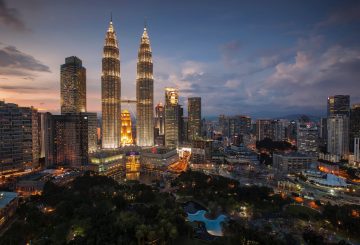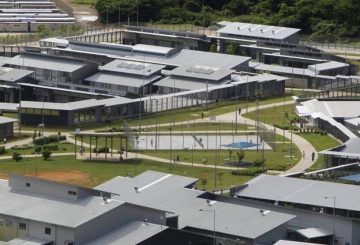Tác giả Michael Martina cho Reuters
Trung Quốc đang gia tăng dấu chân ở Nam Cực theo hình ảnh vệ tinh mới được thu thập bởi một tổ chức tư vấn có trụ sở tại Washington cho thấy việc xây dựng đã được nối lại lần đầu tiên kể từ năm 2018 trên trạm thứ năm của nước này ở vùng cực nam.
Bắc Kinh đã tìm cách phát triển các tuyến đường vận chuyển mới ở Bắc Cực và mở rộng nghiên cứu ở Nam Cực, nhưng các chính phủ phương Tây lo ngại sự hiện diện ngày càng tăng của nó ở các vùng cực có thể cung cấp cho Quân đội Giải phóng Nhân dân (PLA) khả năng giám sát tốt hơn.
Trạm mới, trên đảo Inexpressible gần biển Ross, dự kiến sẽ bao gồm một đài quan sát với một trạm vệ tinh mặt đất, và sẽ giúp Trung Quốc “lấp đầy khoảng trống lớn” về khả năng tiếp cận lục địa này, Trung tâm Nghiên cứu Chiến lược và Quốc tế (CSIS) cho biết trong một báo cáo.
CSIS đã sử dụng hình ảnh vệ tinh được chụp vào tháng 1 để xác định các cơ sở hỗ trợ mới, các tòa nhà tạm thời, bệ trực thăng và nền móng cho một tòa nhà chính lớn hơn tại nhà ga rộng 5000m2. Nó ước tính rằng việc xây dựng có thể được thực hiện vào năm 2024.
Trạm này có vị trí tốt để thu thập tín hiệu tình báo về Australia và New Zealand và dữ liệu đo từ xa về các tên lửa được phóng từ Trung tâm Vũ trụ Arnhem mới của Úc.
Sau khi hoàn thành, nhà ga dự kiến sẽ bao gồm một cầu cảng cho tàu phá băng Xuelong của Trung Quốc.
CSIS nói với Reuters rằng trong khi Mỹ vẫn duy trì sự hiện diện nghiên cứu lớn hơn ở Nam Cực – bao gồm cả cơ sở lớn nhất trong trạm McMurdo của họ – dấu chân của Trung Quốc đang tăng nhanh hơn. Nhà ga thứ năm của Trung Quốc sẽ cách ga McMurdo 320 km.
Trung Quốc bác bỏ tuyên bố rằng các trạm như vậy sẽ được sử dụng cho hoạt động gián điệp.
Nhà cung cấp hình ảnh: radionz. co.nz





























































